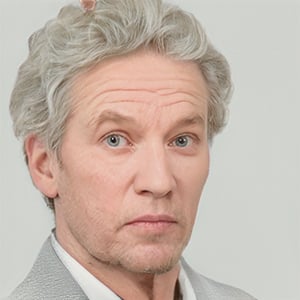Introduction To Leadership Research Report
The subsequent research report speaks in volume about the two cases, “Three shifts, three supervisors” and “Direction for some, support for others”. Both of these cases provide description of various situations, in which the leader is making a significant attempt to apply path-goal theory. In addition to this, the other part of the report throws light on leadership theories and best practices.
Review Of Cases
Case1 :“Three shifts, three supervisors”
Bob and Art seem to be less effective as compared to the Carol because they both are utilizing directive and supportive style of leadership. On the other hand, Carol utilizes all encompassing leadership styles i.e. directive, supportive and participative. The leadership style of Art motivates his staff because he leads by example. He always shows a genuine passion for the job and reminds everyone about the correct procedures to carry out the job and this carries through the people functioning under him. The leadership style of Bob is quite supportive in nature. He congratulates employees on his or her birthdays and takes them out for lunch.
I would not suggest anything to Carol, as she is already a good manager. In regards with Art, it is recommended that he should better tune into the employees thoughts and feelings.
Case2 :“Direction for some, support for others”
Denial is being regarded as an effective leader because he makes use of all the elements of the behaviors being defined in the path goal theory.
His leadership style affects the motivation level of the employees because of so many reasons. First, he empowers them to interact with each other and act as a friend. Secondly, he is always willing to work with his employees.
When the task relates with making copies than Denial comes more in the picture and he is more off to the side unless needed for the workers who are operating on the computers and making the resumes. All these employees are required to pay attention on what they are doing and hence, they cannot have music and laughing going on in the background, as this may lead to some errors.
Leadership Theory And Best Practice
Leadership theory from Northouse
The style approach of Northouse has greater personal application than any other theory. The style approach is quite different from trait and skills approaches, as it pays attention on what leader do rather than who is the leader (Northouse, 2012). This theory is being selected by me because as it is very reliable approach and is being supported by large number of studies. Further, it takes into consideration the study of leader’s behaviour rather than traits and attributes.
Best Practice From Kouzes And Posner
Speaking in relation with the best practice from Kouzes and Posner, “Enable others to act” is the best leadership practice. This practice states that a grand dream does not become the reality by the actions of a single person; rather it requires a team effort. It also requires trust, confidence and strong relationships (Kouzes & Posner, 2007).
Implementation Into SDLP And Other Leadership Growth Plans
All this above information is being implemented by me in my SDLP and other leadership growth plans. As per the style approach, the leaders generally have two main focus areas i.e. task orientation and people orientation. I am quite focused towards people, as I think that if they are motivated than they will ultimately reap profits for the concern.
Conclusion
From the above discussion, it can be said that in both the cases being described above, the leaders have their own style and focus. The productivity, quality as well as motivation level depends greatly on the type of style being adopted (Daft, 1999).
Thus, after having deep insight into this, it can be inferred by me that in order to be an effective leader, I need to implement this information in my leadership growth plans than only I can achieve the path of success and growth.
Related Service: Research Paper Writing Service
References
- Daft, R. L. (1999). Leadership: Theory and Practice. Dryden Press.
- Kouzes, J. M. & Posner, B. Z. (2007). The leadership challenge. 4thed. San Francisco, CA: Jossey-Bass.
- Morden, T. (2004). Principles of Management. Ashgate Publishing, Ltd.
- Northouse, G. P. (2012). Leadership: Theory and Practice. SAGE.
- Whitney, M. C. (2007). The Application of Path Goal Theory of Leadership to Sarbanes-Oxley Compliance: An Investigation with in Small Public Corporations. ProQuest.



















